

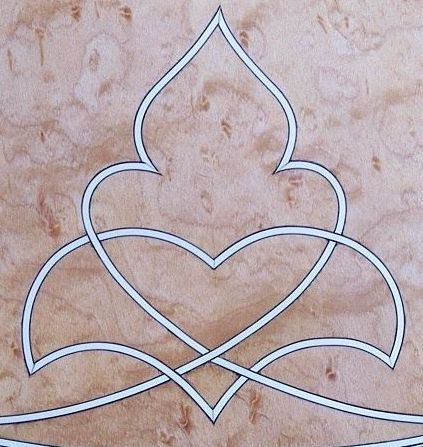
The Committee reigned supreme as the "regular" top-quality archtop in the Selmer catalogue. There was of course the Committee Deluxe and Golden Hofner models, but only about 100 or so of those exclusive guitars (including thinlines) were ever produced between 1958 and 1962. The Committee however was introduced in 1953, and was in continuous production until about 1969. Electric Committees were still appearing in the Selmer catalogues in 1972.
There are several examples of this model in the Archtops and Collections sections of the Visitors' Gallery. In this Fact File, I have therefore attempted only to describe the features of the Committee at the various stages in its evolution. The headstock changes are perhaps the most positive method of illustrating the various stages, and hence these are illustrated below. I have not identified the changes to the pickups on the electric versions. These follow the general pattern of Hofner electrics changes.
Please note that the evolution described below should only be taken as a guide, and not as 100% gospel. Hofner being Hofner, there was a degree of overlap between the various stages, and not every Committee falls exactly into the pattern.
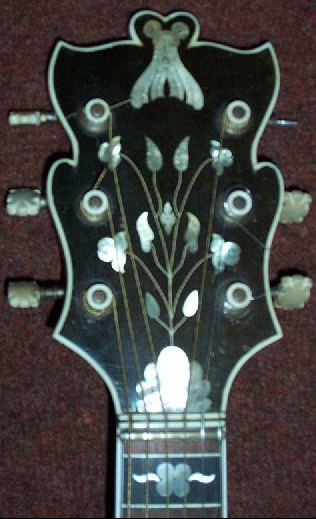 |
|
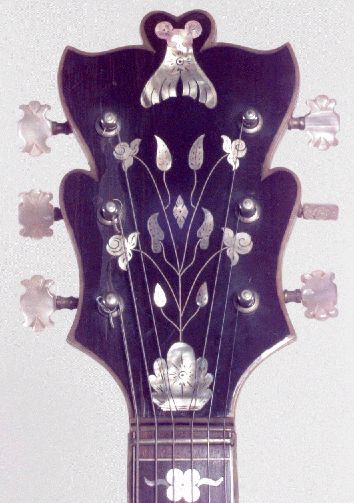 |
|
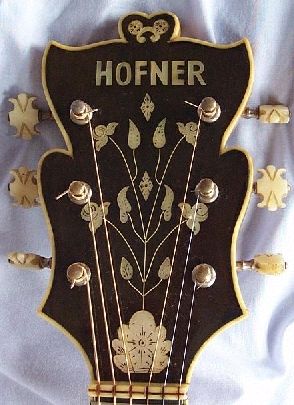 |
|
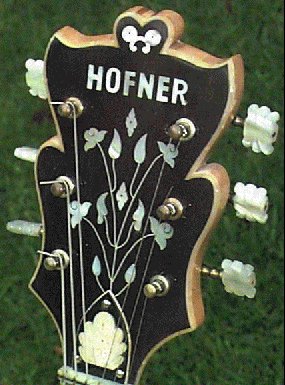 |
|
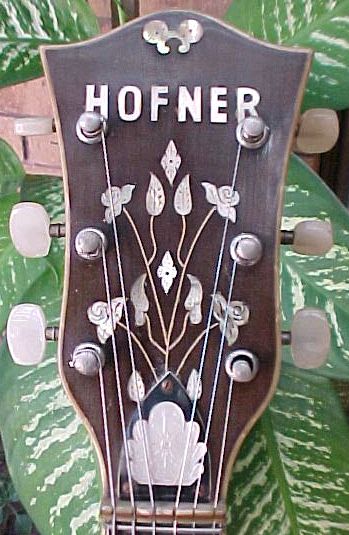 |
|
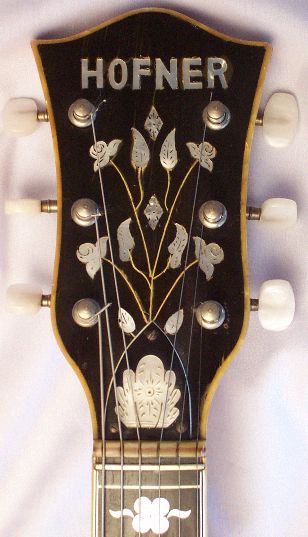 |
|
.jpg)
July 1955 Selmer advertisement featuring the Hofner Committee.